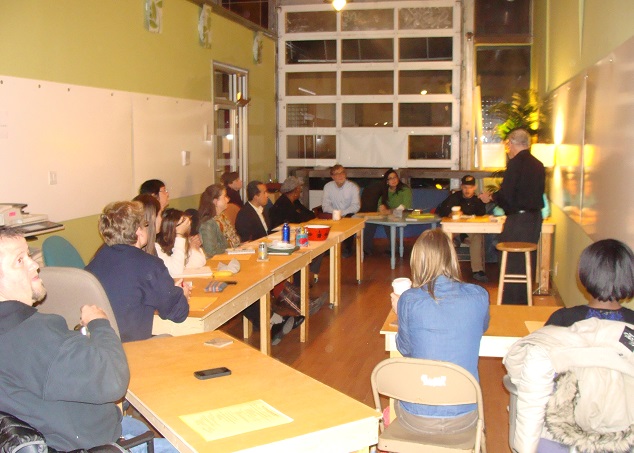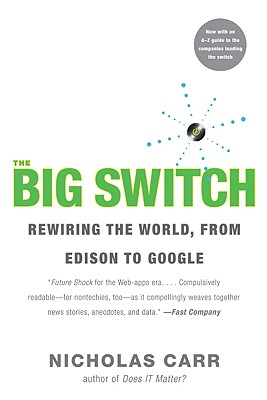 Previously we discussed a very bright ecology of technology and optimism with the potential to lend enormous empowerment to communities and individuals. This week, we explored some darker implications that same ecology had created the environment for in two chapters from Nicholas Carr’s book “The Big Switch”.
Previously we discussed a very bright ecology of technology and optimism with the potential to lend enormous empowerment to communities and individuals. This week, we explored some darker implications that same ecology had created the environment for in two chapters from Nicholas Carr’s book “The Big Switch”.
The first chapter we read was Chapter 7, “From the Many to the Few”. In this Chapter Carr begins by framing the conversation with one of the world’s most historic YouTube videos of founders Chad Hurley and Steve Chen announcing they had been bought by Google for $1.65 Billion Dollars. For Carr this is a cautionary tale about the acceleration of a long term trend of the concentration of wealth.
Changes in technology have always created disruptions in employment, computerized assembly lines, for example. Even then, the decrease in worker demand on the line was in part offset by a new demand for human information processing tasks. However, we have now reached a point where “computerization creates new work, but it’s work that can be done by machines. People aren’t necessary.” (pg. 136).
Internet companies also don’t obey previous limits on the amount of wealth a product can create known as diminishing returns to scale. Companies that produce physical products are limited in their returns because in order to make more products, they have to pay for more and more workers, factories, raw materials etc. Software companies do not have this problem, in order to create more products, it’s only cost is the cost to copy the product. Therefore they exhibit increasing returns to scale.
Companies such as Craigslist, YouTube, Facebook, and Google don’t pay for content generation, only the infrastructure to house it. Since they sell ads related to that content, they’re essentially getting revenue for advertising products that they did not have to put in the capital to create. Although the windfall may be larger, since companies don’t have to hire the content generators, it will be shared between an even fewer number of people. The concentration of wealth into the hands of corporations is not a new thing. What’s new here is the further concentration of the wealth “funneled to ‘a small fraction’ of particularly talented individuals…In the YouTube economy, everyone is free to play, but only a few reap the rewards.” (pg. 147)
We then turned to Chapter 8, “The Great Unbundling” in which Carr elucidates the downsides of a phenomena that we often feel we benefit from, The Long Tail. The Long Tail is an idea put forth by Chris Anderson which explores the effects of the Internet’s ability to make niche markets profitable; the iconic example being iTunes. Previously, selling niece material was unprofitable because of the high cost of producing it and finding the audience to pay for it. Profits were limited by shelf space, so accordingly, media was created to appeal to as wide a mass of people as possible. But without being bounded by a limited number of CD’s they can put on a shelf, iTunes can provide a greater diversity of music and bring direct access to a particular audience across geographic bounds even to the discrete level of the individual song which can be downloaded with out the album.
The effects of being able to hear exactly what you want might be an overall positive for music, but it’s not that great a thing when it comes to arenas where you want to be challenged with ideas you don’t want to hear. Suppose we see a newspaper as an album, and the individual articles as songs. Previously, print media was supported by ads across the entire paper. High quality small audience content (reporting from a war-zone) could be supported by ad revenue from low quality large audience content (classifieds). Now, ads are sold next to individual articles which means that it’s up to the article itself to generate ad revenue. This puts pressure on the article to grab the attention of the reader, often by polarizing the conversation.
Additionally while personalization algorithms often help us find niche content, they can trap us into a gravity well of “ideological amplification”, segregating cultures even more. In one example Carr cites a 2005 study in which researchers gathered 63 Coloradans of varying political views; half from the more liberal Boulder and the other half from the conservative leaning Colorado Springs. After filling out questionnaires about their political beliefs, the groups split up into discussion groups made up of like-minded individuals. Taking the same questionnaire afterwards showed “not merely a tendency for members to conform to the group average, but a radicalization in which this average moves towards extremes.” (pg. 165)
The Internet is deceptive. It gives you access to a greater diversity of information, but in reality we come across a very low amount of information that is truly novel. You quickly get the impression that everyone you know agrees with you because in your reality, they do.
https://www.instagram.com/civiclab_chicago
Like this:
Like Loading...

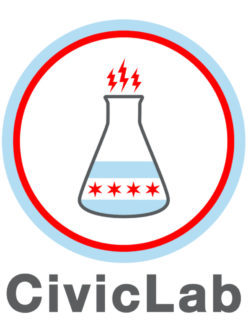
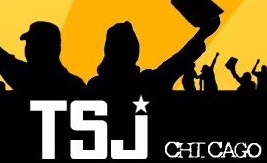
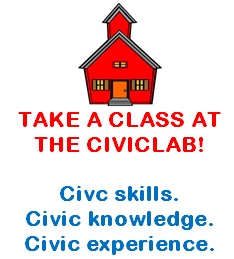


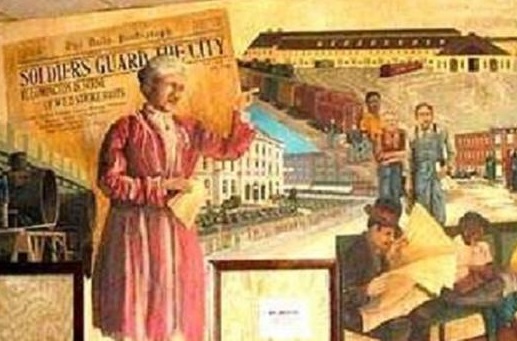

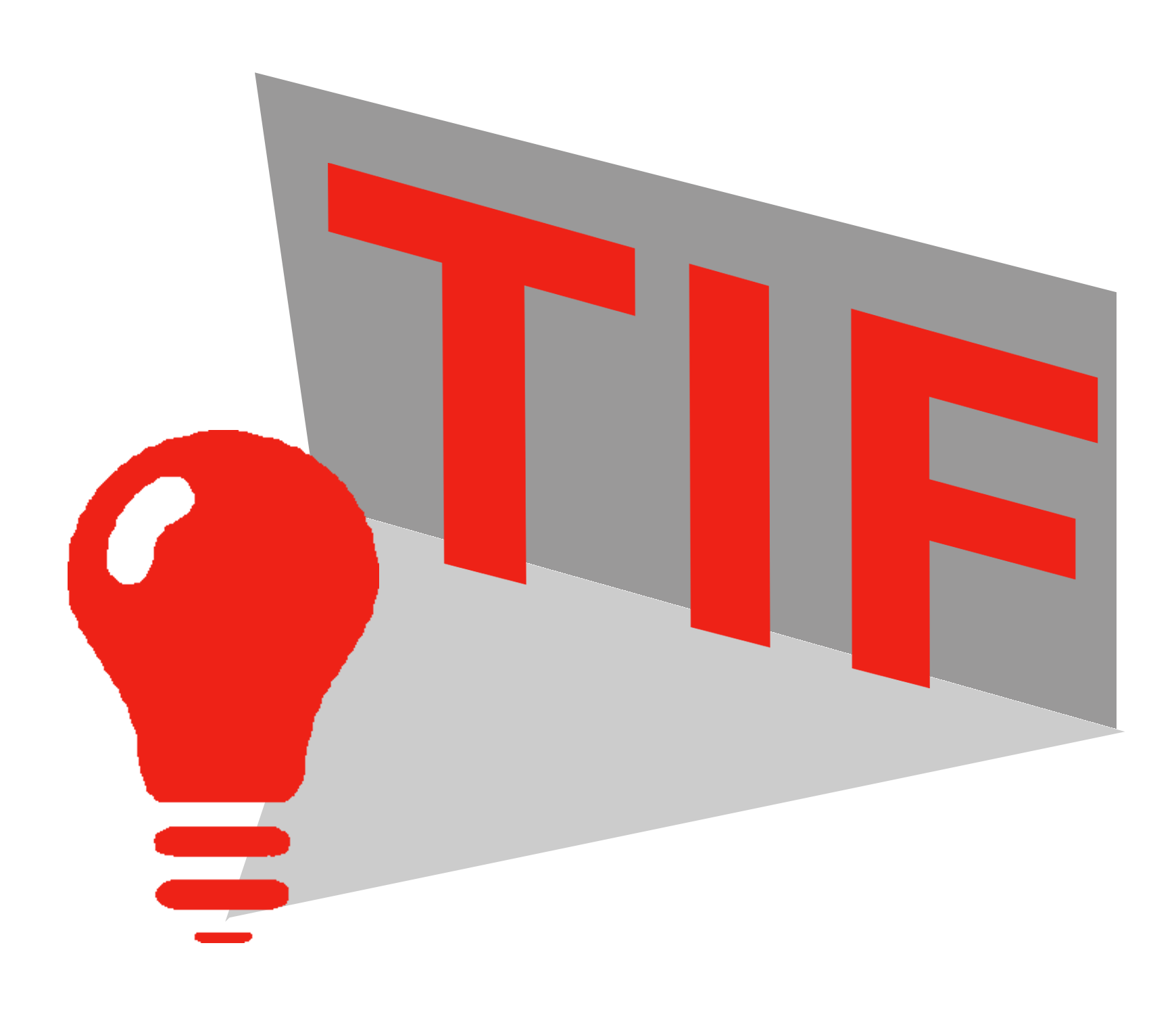

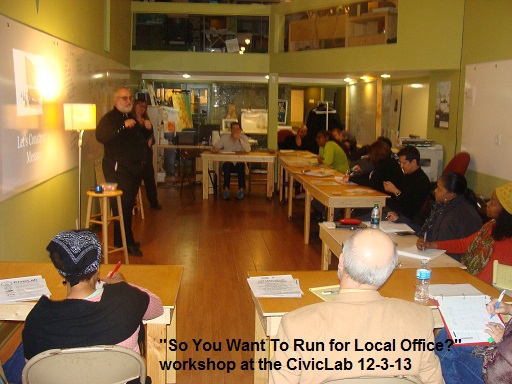




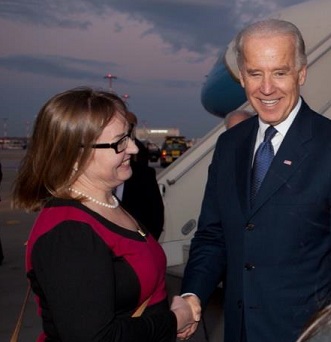 The workshop instructors are
The workshop instructors are 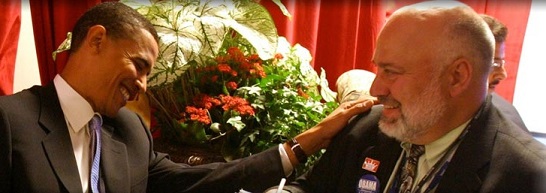 Kevin Lampe’s professional experience includes political campaigns ranging from local library boards to presidential campaigns. He has worked during each presidential election cycle since Governor Mike Dukakis in 1988. He served in variety of senior staff roles – including Director of Communications – for presidential candidates. Additionally, he served as an advance man for President Bill Clinton and Vice President Al Gore. Lampe is regularly called upon to train his clients to work with the media. He has performed this task for everyone from US Presidential candidates and other elected officials to community leaders and business executives. Since 1996, he has served on the Speaking Tracking Team at each Democratic National Convention – which handles all the speakers at this event. At the 2004 convention, he worked with then state Senator Barack Obama on his keynote address. In 2012, Lampe was in charge of training for entire Speaking Tracking Team at the Democratic National Convention. Kevin has worked with Hotel Rwanda’s Paul Ruesabegina, Erik Estrada, Ambassadors, CEOs, Senators, and Congressmen. He has worked across the US and in Kosovo, Uganda, Belgium, Albania, Sweden, United Kingdom, Norway, Mali and Macedonia.
Kevin Lampe’s professional experience includes political campaigns ranging from local library boards to presidential campaigns. He has worked during each presidential election cycle since Governor Mike Dukakis in 1988. He served in variety of senior staff roles – including Director of Communications – for presidential candidates. Additionally, he served as an advance man for President Bill Clinton and Vice President Al Gore. Lampe is regularly called upon to train his clients to work with the media. He has performed this task for everyone from US Presidential candidates and other elected officials to community leaders and business executives. Since 1996, he has served on the Speaking Tracking Team at each Democratic National Convention – which handles all the speakers at this event. At the 2004 convention, he worked with then state Senator Barack Obama on his keynote address. In 2012, Lampe was in charge of training for entire Speaking Tracking Team at the Democratic National Convention. Kevin has worked with Hotel Rwanda’s Paul Ruesabegina, Erik Estrada, Ambassadors, CEOs, Senators, and Congressmen. He has worked across the US and in Kosovo, Uganda, Belgium, Albania, Sweden, United Kingdom, Norway, Mali and Macedonia.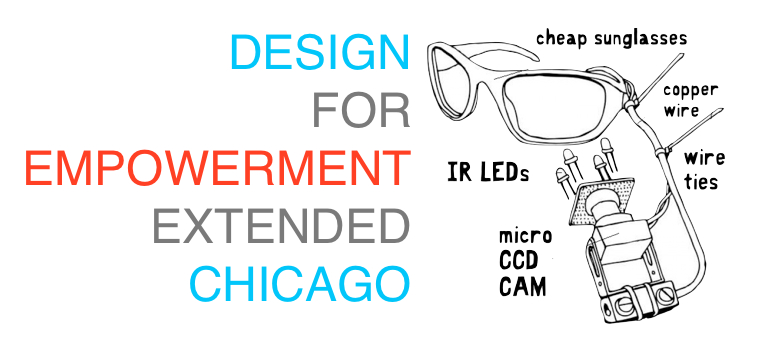
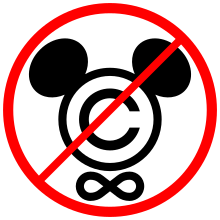

 Tom Tresser
Tom Tresser